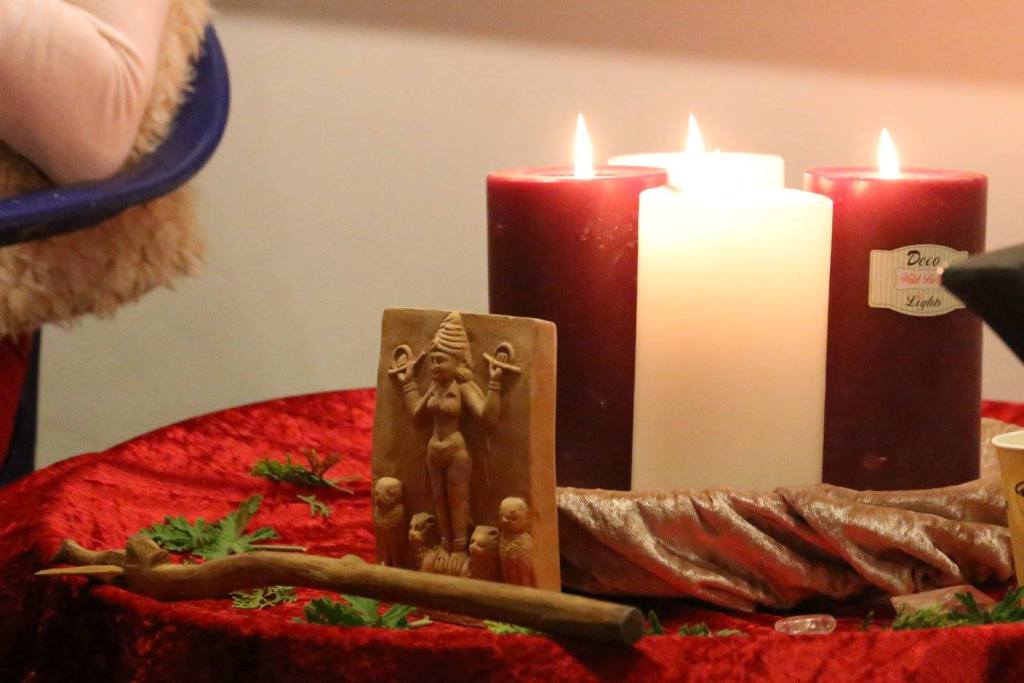Lecture: The Status of Symbols in Virtual Divinasion – Between Iconography and Arbitrariness
Does the statue represent God? Is the flag sacred? What is the status of the sacred symbols, and what happens to them when they move to the cyberspace? In this lecture, computerized icons in religious/spiritual/magical ceremonies and their status were examined and analyzed. The lecture is part of a research project in which an article was published and lectures were presented in other directions.










